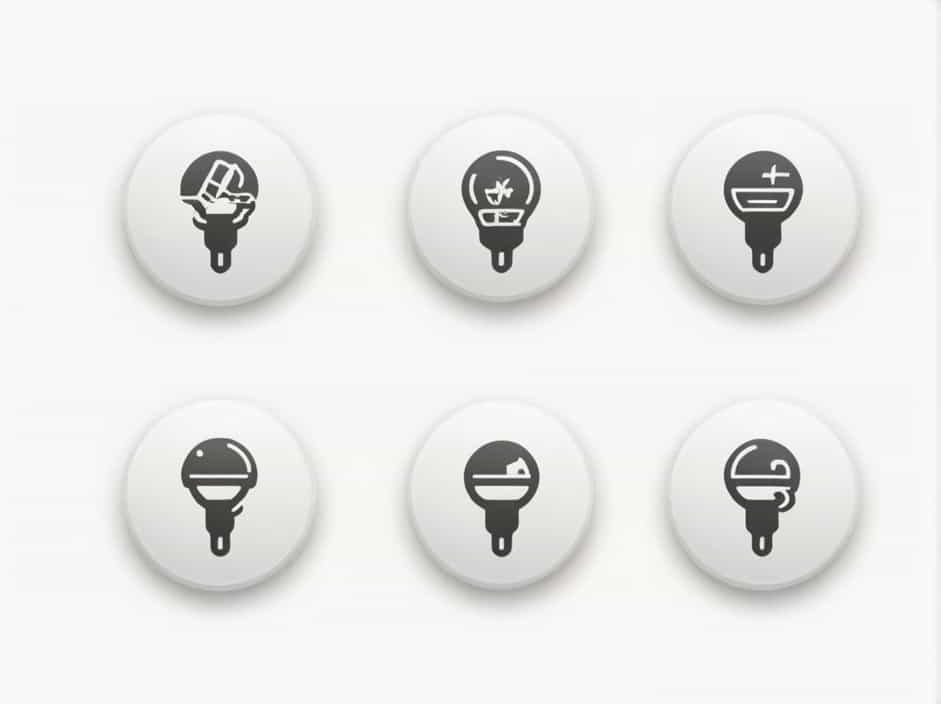The term opiate is often used in medical, pharmaceutical, and addiction-related discussions. But what does it actually mean? This topic will explain the definition of opiate, its uses, effects, and differences from opioids in a clear and simple way.
Definition of Opiate
An opiate is a substance derived directly from the opium poppy plant (Papaver somniferum). Opiates are natural compounds that are primarily used for pain relief and have a significant effect on the nervous system.
Common Examples of Opiates
- Morphine – A powerful pain reliever used in hospitals.
- Codeine – Found in some cough syrups and mild pain medications.
- Thebaine – A chemical used to create synthetic opioids.
Opiate vs. Opioid: What’s the Difference?
Many people use the terms opiate and opioid interchangeably, but they have distinct meanings:
- Opiates – Naturally derived from the opium poppy (e.g., morphine, codeine).
- Opioids – A broader category that includes synthetic and semi-synthetic substances (e.g., oxycodone, fentanyl).
All opiates are opioids, but not all opioids are opiates.
How Opiates Work in the Body
Opiates affect the central nervous system (CNS) by binding to opioid receptors in the brain, spinal cord, and other parts of the body. This leads to:
- Pain relief – Blocks pain signals from reaching the brain.
- Euphoria – Creates a feeling of relaxation and happiness.
- Sedation – Slows down brain activity, causing drowsiness.
Because of these effects, opiates are both medically useful and highly addictive.
Medical Uses of Opiates
Opiates are prescribed for various medical conditions, including:
1. Pain Management
Doctors prescribe opiates for moderate to severe pain, such as:
- Post-surgery recovery
- Cancer-related pain
- Chronic pain conditions
2. Cough Suppression
Codeine is commonly used in cough syrups to reduce severe coughing.
3. Diarrhea Treatment
Some medications derived from opiates help treat extreme diarrhea by slowing down digestion.
Side Effects of Opiates
While opiates provide pain relief, they also come with potential side effects, including:
- Drowsiness – May cause extreme tiredness.
- Nausea and Vomiting – Common when first using the drug.
- Constipation – A frequent side effect requiring dietary adjustments.
- Respiratory Depression – Slows breathing, which can be dangerous in high doses.
The Risk of Opiate Addiction and Dependence
One of the biggest concerns with opiates is their addictive potential. Long-term use can lead to:
- Tolerance – The body needs higher doses for the same effect.
- Dependence – The body requires the drug to function normally.
- Withdrawal Symptoms – If stopped suddenly, users may experience pain, anxiety, sweating, and nausea.
Signs of Opiate Addiction
- Taking higher doses than prescribed
- Craving the drug constantly
- Ignoring responsibilities due to drug use
- Experiencing withdrawal when not using
How Opiate Addiction is Treated
If someone becomes addicted to opiates, treatment options include:
1. Medical Detox
A supervised withdrawal process to manage symptoms safely.
2. Medication-Assisted Treatment (MAT)
Doctors may prescribe medications like methadone or buprenorphine to help reduce cravings.
3. Therapy and Counseling
Behavioral therapy helps people understand and control their addiction.
Are Opiates Legal?
Opiates are legal when prescribed by a doctor, but illegal when used without a prescription. Many governments have strict regulations on opiate distribution to prevent abuse.
Opiates are powerful pain-relieving drugs derived from the opium poppy. While they are essential for treating pain and certain medical conditions, they also carry the risk of addiction and side effects. Understanding how opiates work, their uses, and their dangers can help people make informed decisions about their medical treatment.
